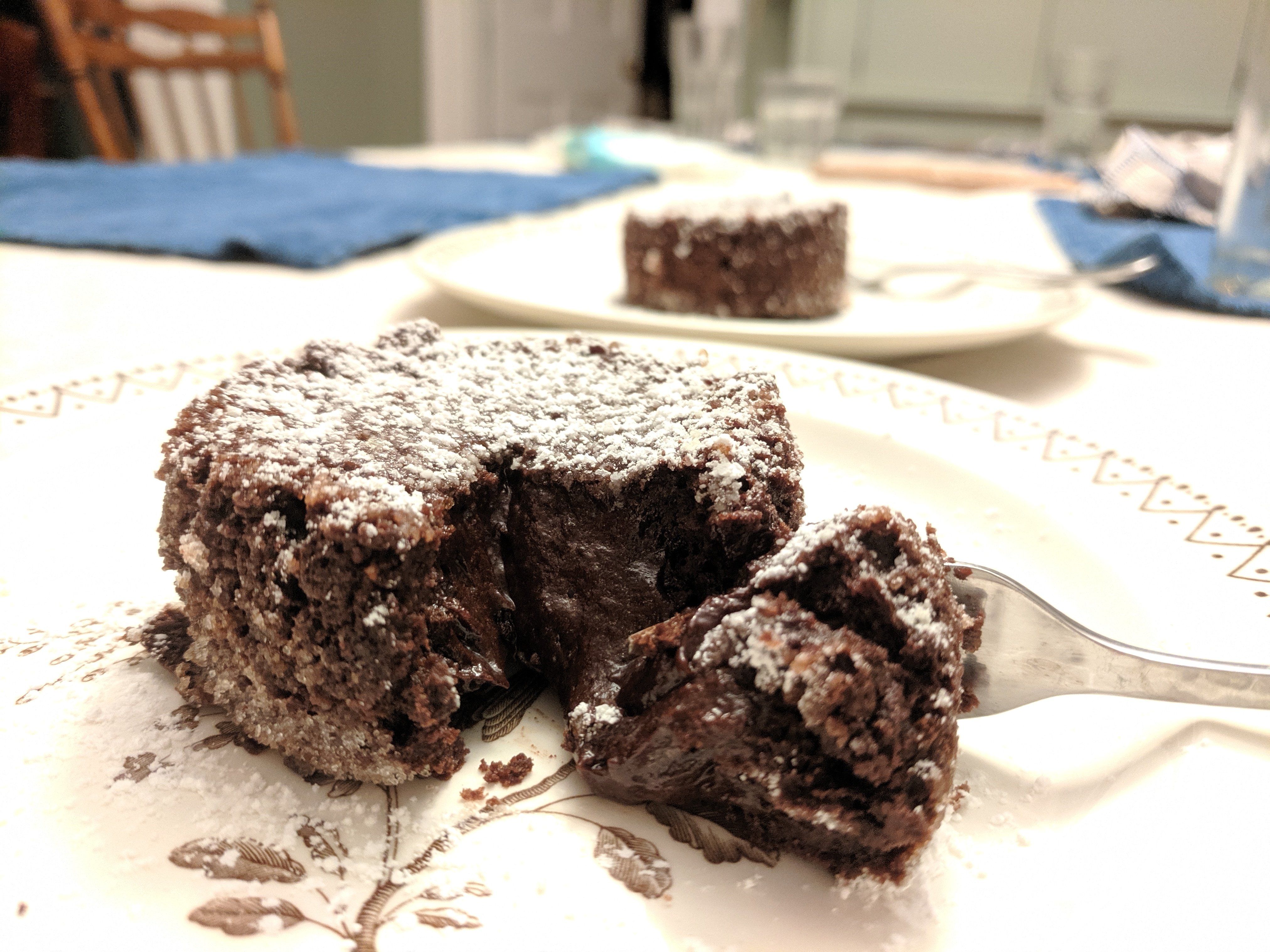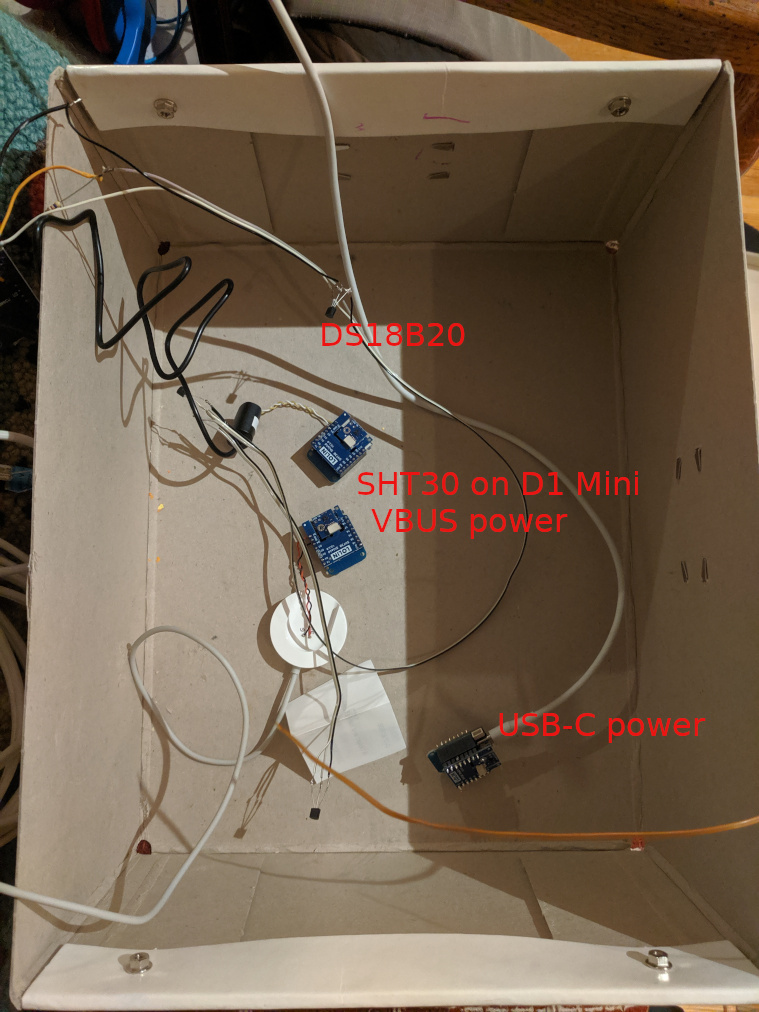And there's a whole community for them! Not sure how to link to it though.
pageflight
Maybe I'll give them a go for my next automation! Thanks for the recommendation.
I do have a hub — using HomeAssistant with AppDaemon.
Yes -- should've described that aspect. The shape of the entryway means that none of the existing switches has a good view of all the area I'd like a motion sensor to trigger on. Otherwise that would be the way to go!
Ugh, yep!
Though in this case I guess there's the benefit of engraved numbers providing accessibility.
Seems cool!
Does it handle sharing a task list between people? Or syncing between multiple clients / handling concurrent edits?
I see the manual says keyboard commands are the main way to control it. Does it work in mobile?
Looks like you're putting lots of work into it, thanks for sharing.
Is there a self hosted OpenTelemetry consumer?
Company started on Asana, individual teams jumped to Jira, company eventually followed. I was always accidentally creating blank tickets in Asana.
Yeah, if you don't want the next dev (or your future self) to accidentally undo that corner case you fixed, better put a unit test on it.
Just being forced to talk about how it's going and what's blocking can be helpful, so I'm glad you're questioning for to be more useful, not doing a little rubber-ducking isn't all bad.
Where does the NYPD keep getting these expensive but apparently useless robots?





https://sh.itjust.works/c/desire_paths Thanks!